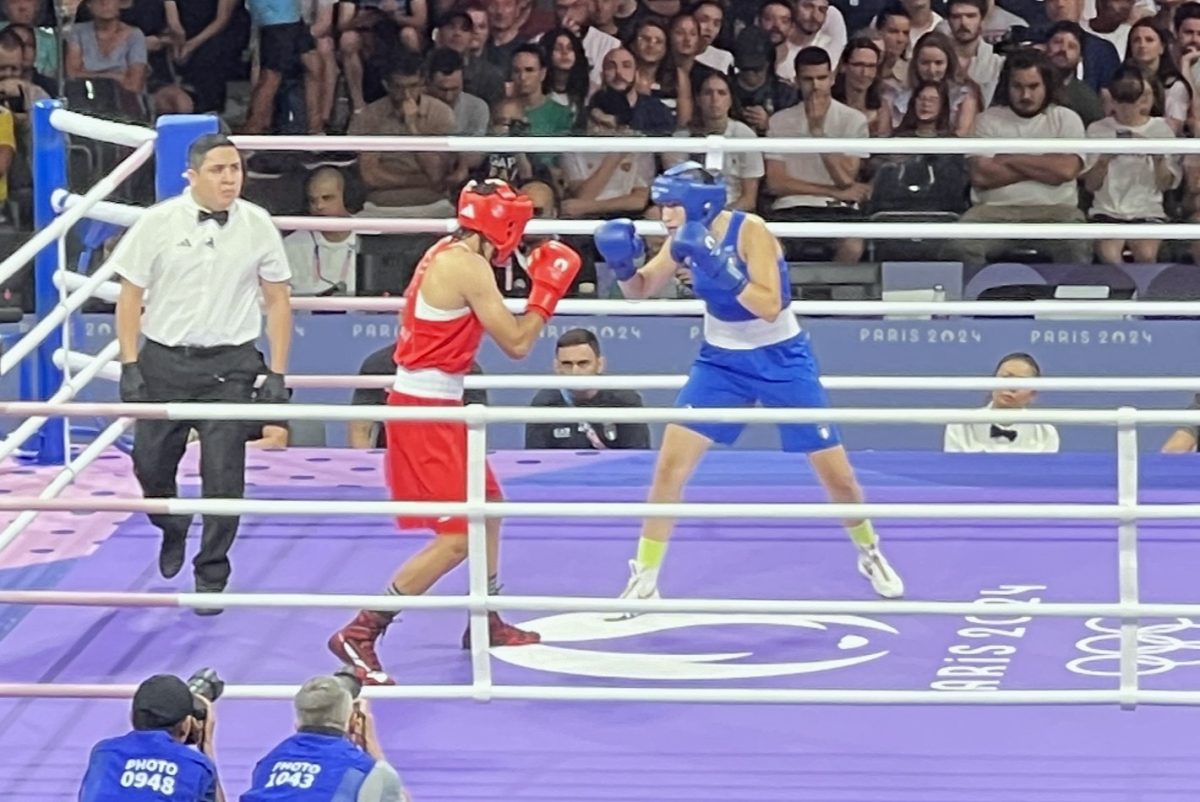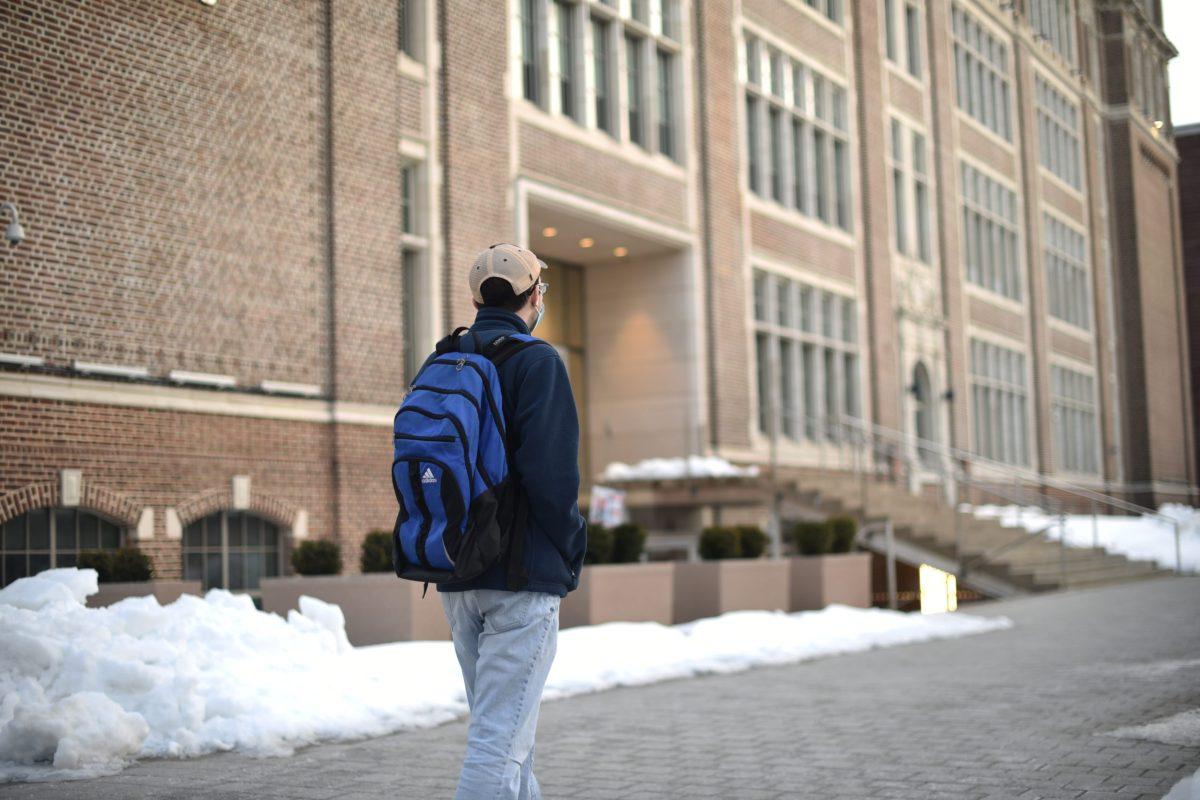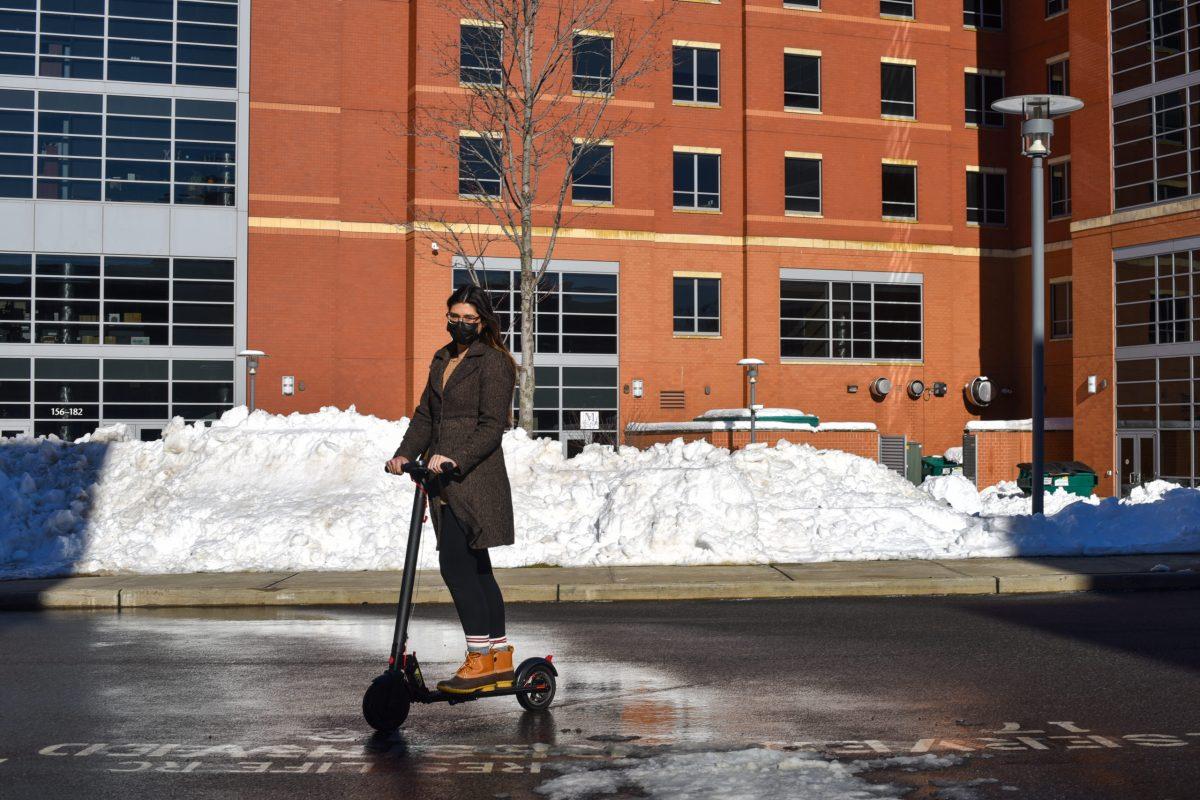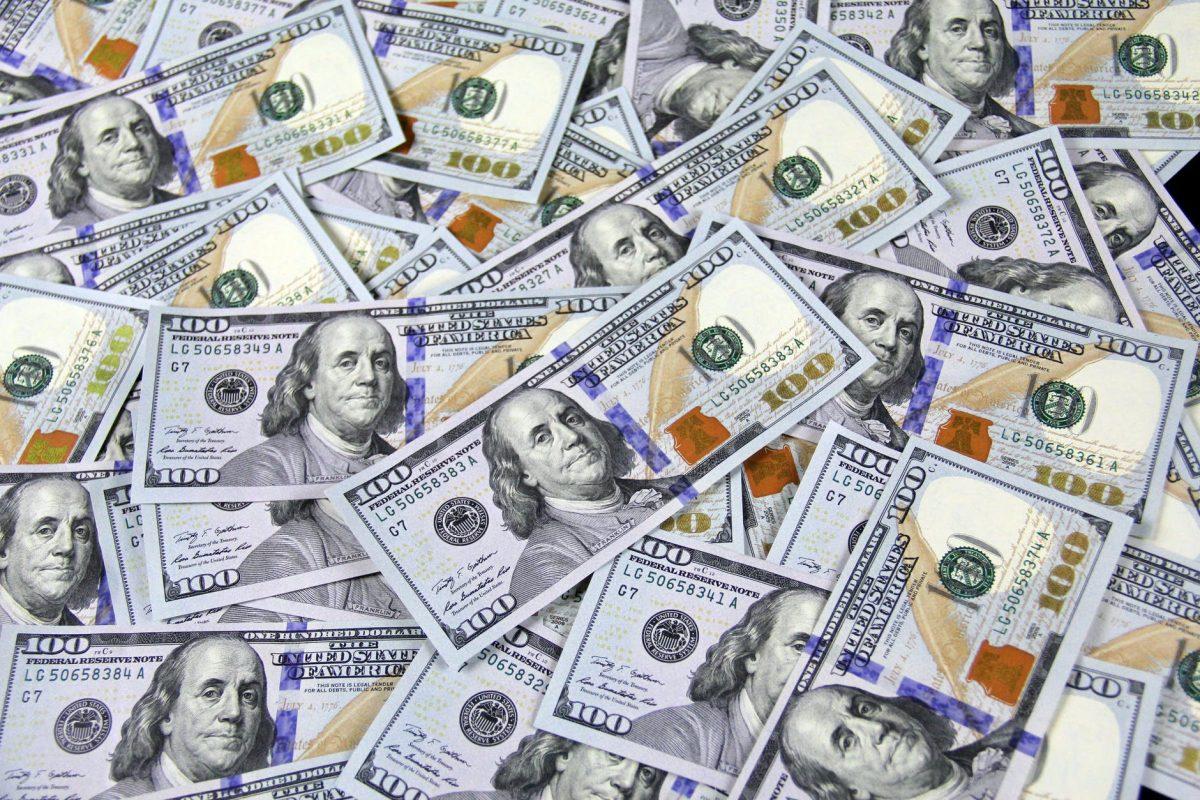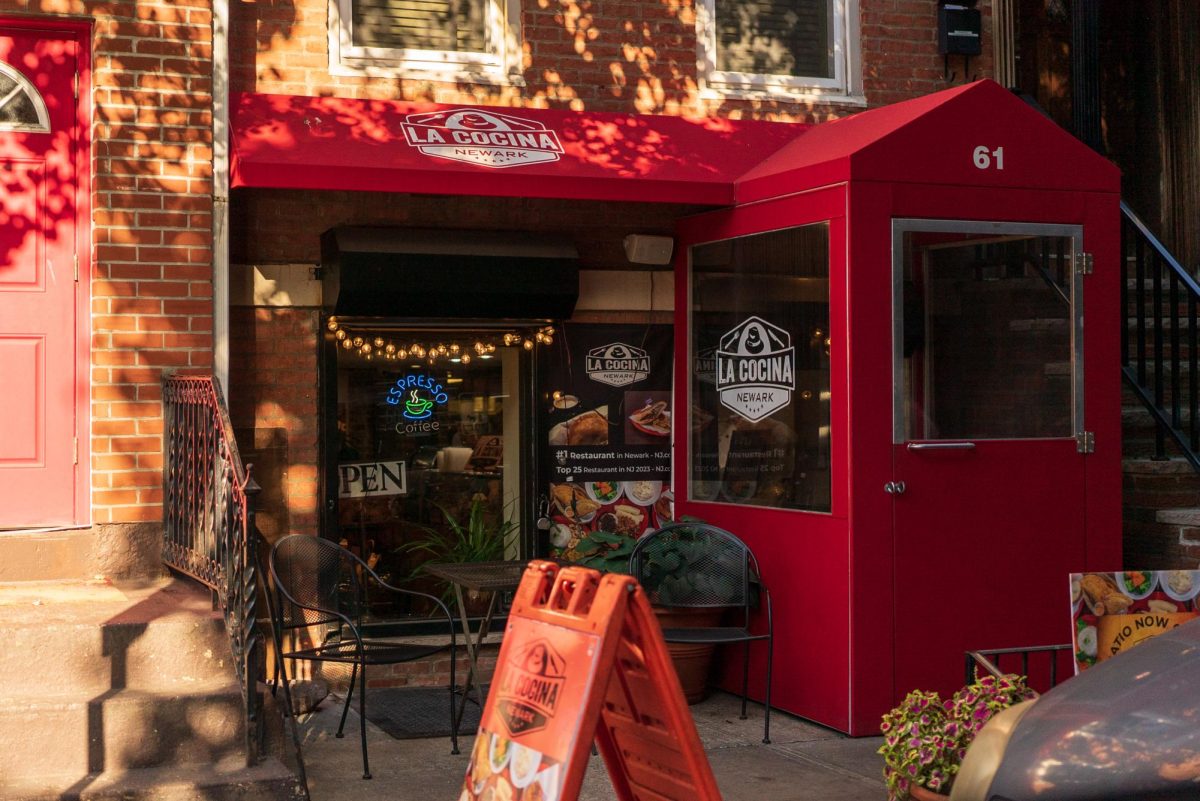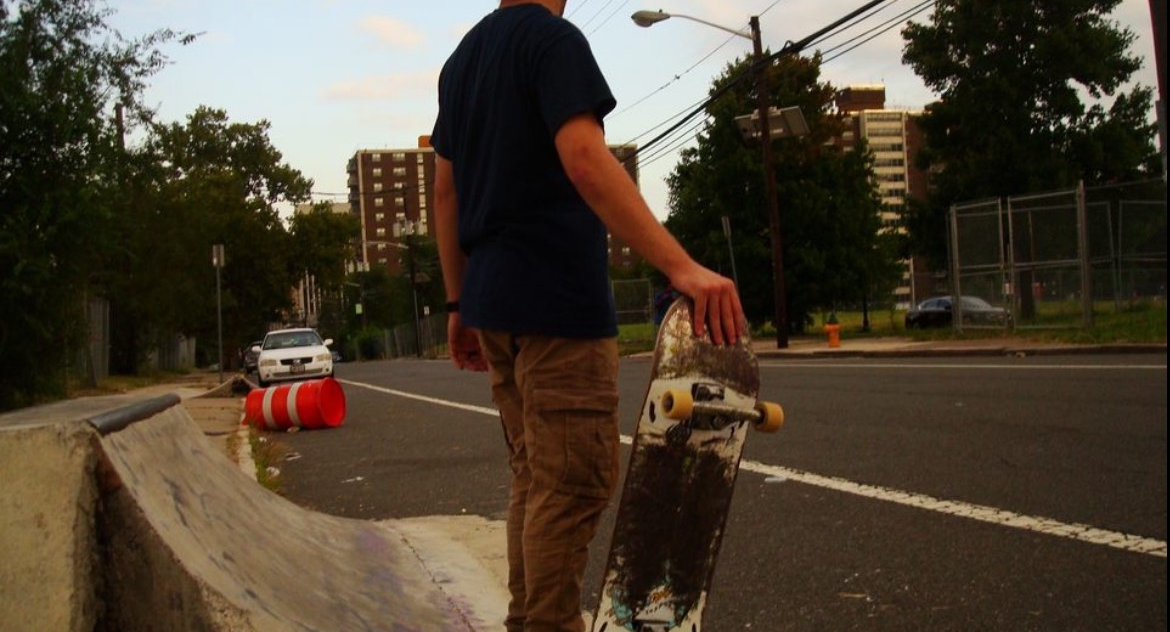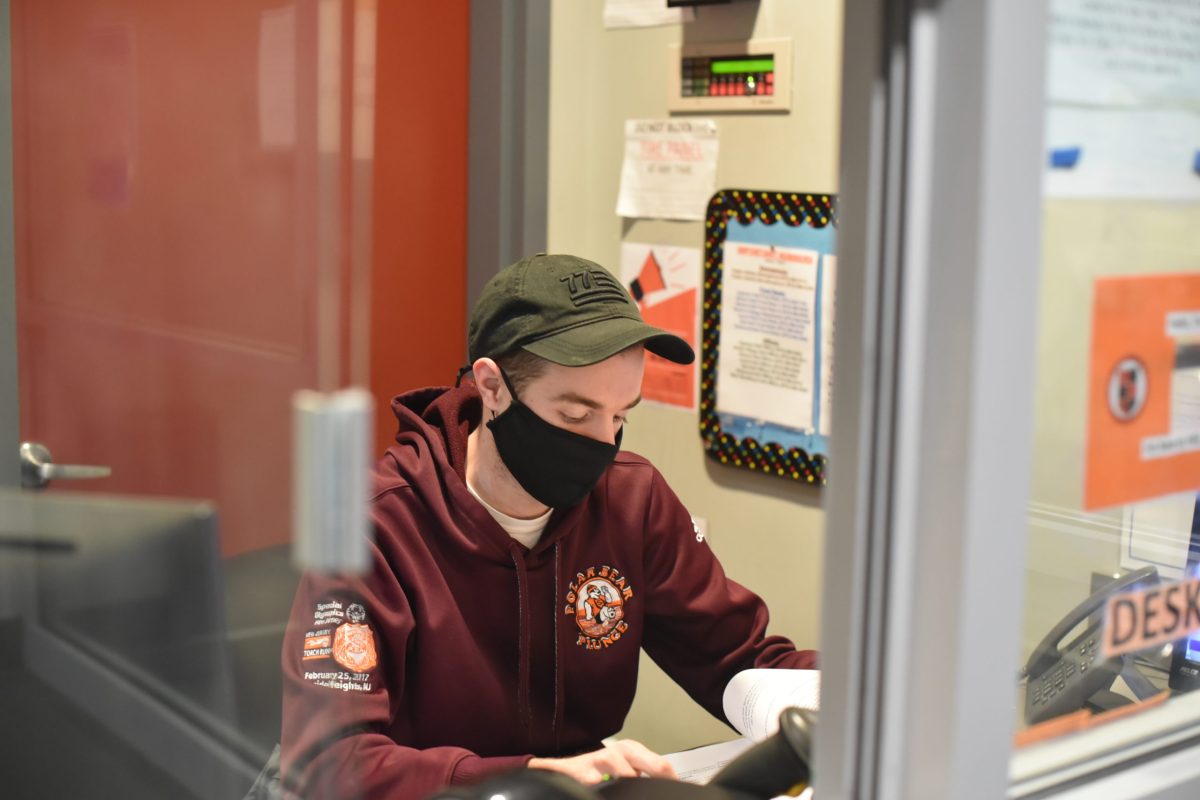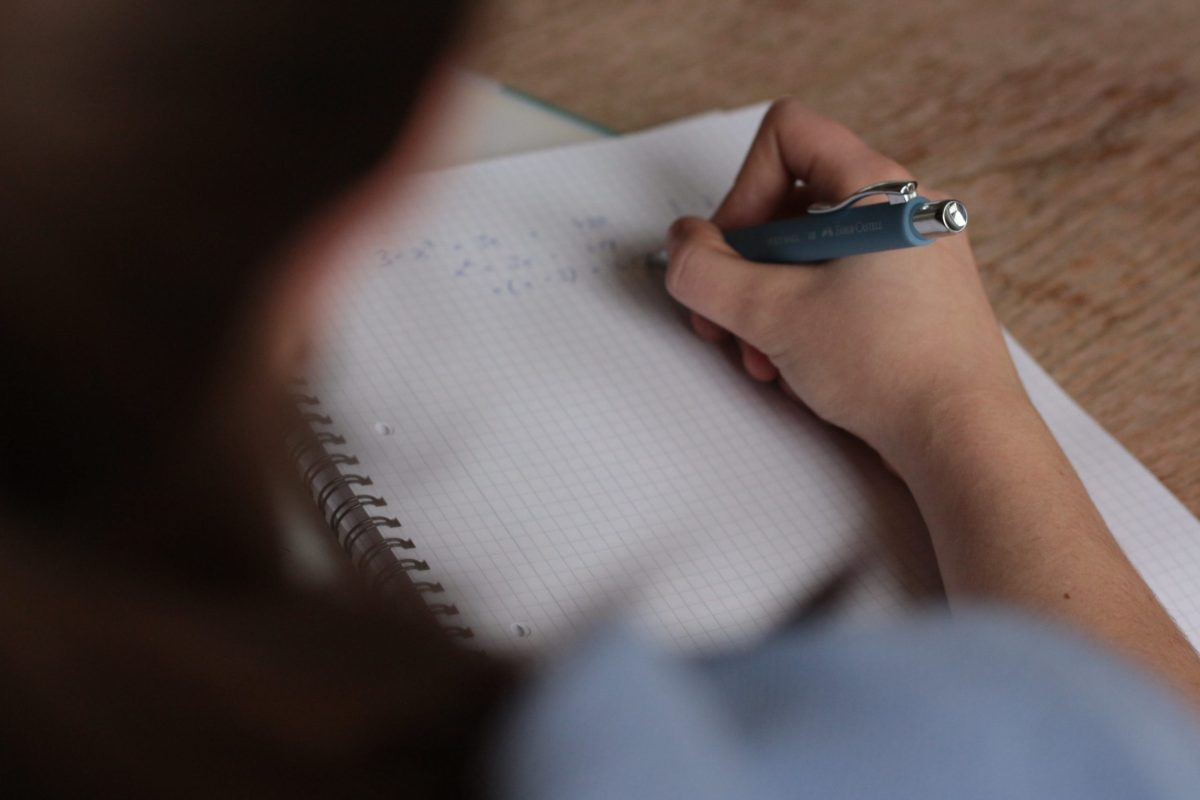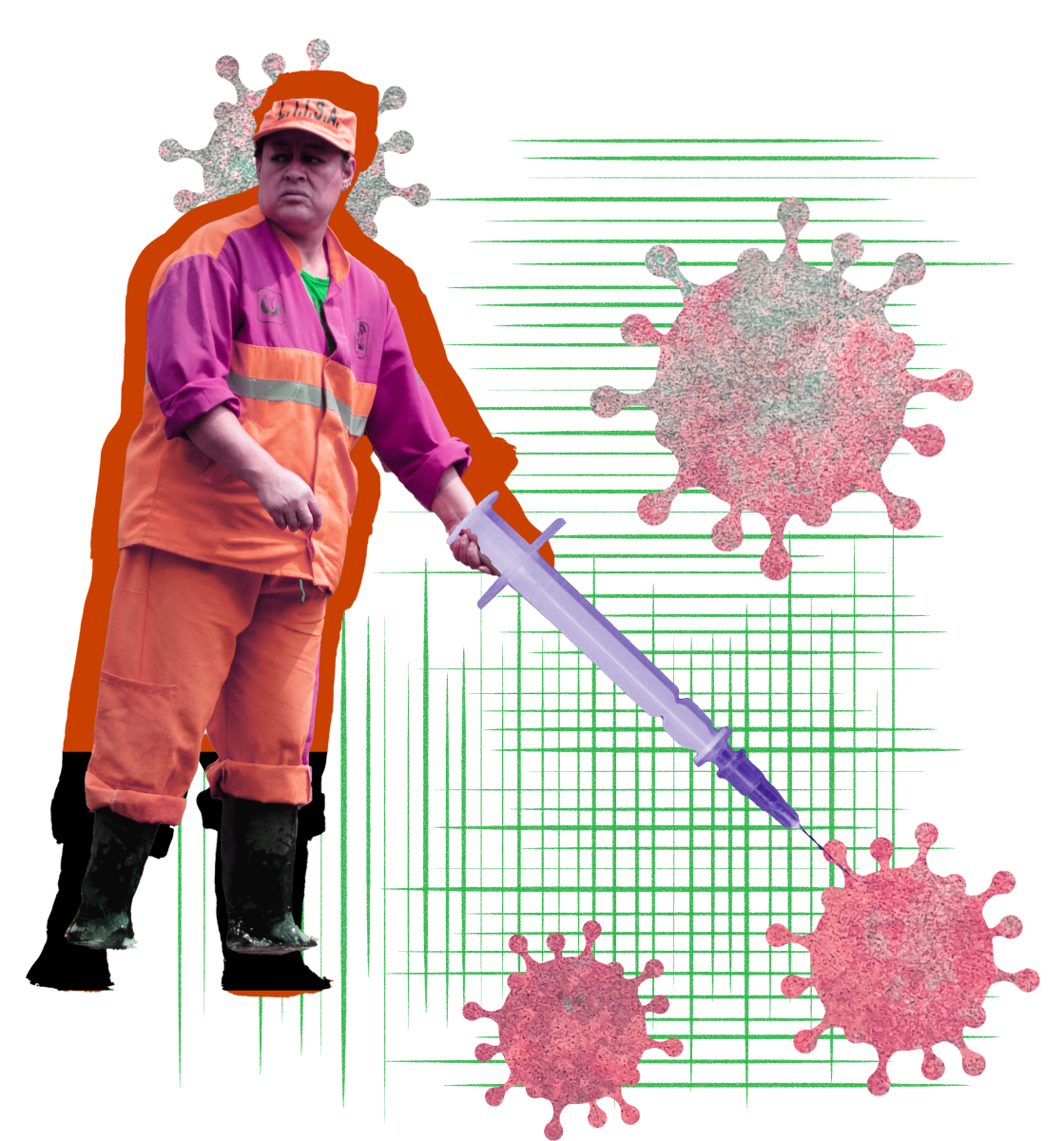[ngg src=”galleries” ids=”60″ display=”basic_thumbnail”]
A twisting tower of glowing scissors, shadowed footsteps under a door, and a model of natural light streaming through a bedroom over one day. Curated by M. Gosser, these art pieces and more litter the exhibition named Light, held at the College of Architecture and Design from October 4 to November 19. Presenting distinguished artists and designers from around the world, the College of Architecture and Design has garnered works from many mediums—paintings, photography, architecture, engineering, design, and sculptures. Light is a powerful theme that connects these artists and their pieces.
When we think of light, we often think of sunbeams and shadows in nature. However, this exhibit explores the application and appreciation of both natural and artificial light in art.
For example, Spanish architectural firm estudio.entresitio’s work displays a windowless building that still incorporates natural sunlight from open ceilings above, with little gardens dispersed throughout the building.
Steven Sheer’s photographs depict stars and lightning; examples natural sources of light which he prefers over artificial lighting for their unpredictability.
Santiago Calatrava, architect of the World Trade Center Oculus, designed the building to allow the sun’s beam to cross over the entire floor. According to a spokesperson for the Oculus, this path of light symbolizes “the light that continues to shine through after the darkness of tragedy” in response to 9/11.
Showcasing the advent of innovation in technology, many artists sought artificial lighting for their projects.
Visual artist James Clar used artificial lights and a door in Nobody’s Home to depict human activity through footsteps under a door. The exhibit also featured Clar’s art piece named No Gravity, a twisted ladder held together by wire.
Alex Czetwertynski explores creative technology, displaying light traveling through fiber optic wires. His piece intends to connect light to technology, noting that “light is a foundational element in images, we just never see it or ever think of it.” By sending light through fiber optics, often used to transport data, he presents his idea that “light is the essence of everything.”
What is most interesting is the intertwining of fixed and variable ideas. This matched beautifully with the theme of light, which only offers its quality of brightness when contrasted with darkness.
For example, James Clar’s ladder, which generally represents stability, is completely twisted up in his piece. Wire, often used to mold or sculpt art pieces in a certain direction, forms a straight-edged geometric shape in this piece. When asked about the experience of building his sculpture, Clar noted that “forming the busted ladder involved a lot of manual work, but other elements,” such as the plastic edges holding the work together, “were 3D printed and required a lot of precision.”
Raisa Nosova projected colorful lights onto a painting of a bedroom, demonstrating the ephemerality of a day that a fixed painting could not represent.
Just as light has brought humans comfort and guidance for centuries, this exhibition brings artists the world over together to showcase their ideas. Light presents beautiful pieces that simultaneously demonstrate human innovation and the unrelenting beauty of nature.














